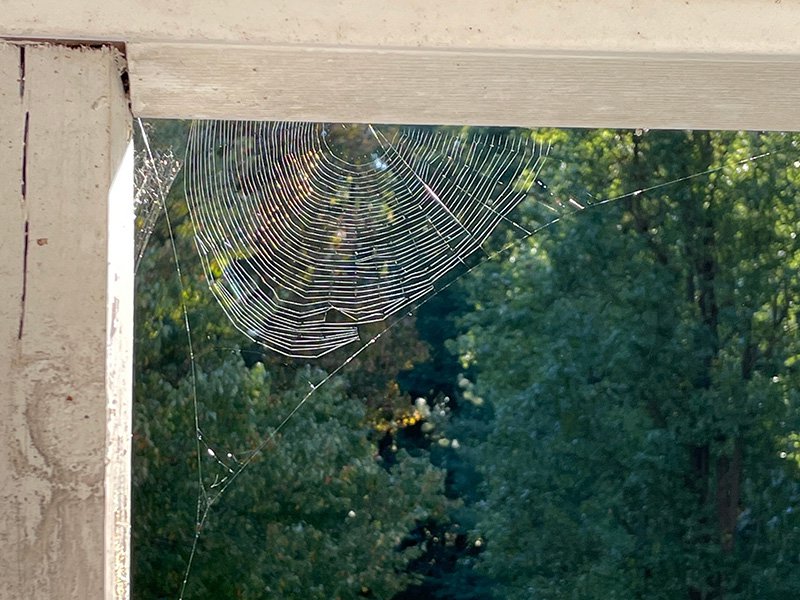Facts About Crickets
Below is a list of cricket facts that will fascinate you in an amazing way.
- There are hundreds of species
On Earth, the number of cricket species is approximately 900. Despite the difference in species type, all crickets live for a period of no more than a year. - Female crickets don't chirp
Males are responsible for making the chirping noise that characterizes them. - Some crickets can't fly
They possess membranous wings that fold easily when not in use. However, there are a number of cricket species that cannot fly. - Crickets chirp less when it's cold
A cricket’s chirping noise is often used to indicate outdoor temperatures. According to studies, crickets tend to chirp more when it is hotter outside. This noise is also used to keep other males from approaching. - Crickets have great vision
They have compound eyes with excellent vision. These eyes enable them to view different directions at the same time without turning. - An orchestra is a group of crickets
Crickets will always move in pairs or as a group, which is referred to as an orchestra. - Crickets are classified by their hopping
Crickets are classified based on their hopping movements as well as their short, jerky runs. - Their antennas are called feelers
Crickets have flattened bodies attached to long antennas, referred to as feelers, which are very similar to those of grasshoppers. - Their antennas help them find food
The purpose of their long antennas is to search for food and detect any approaching danger. - They can be found in multiple colors
Crickets come in black, brown, green, or red and are found in fields or meadows. - Their length can vary
Their body structure is small, with lengths ranging from 15mm to 25mm. - Crickets are omnivorous
These insects are omnivorous, eating other small insects, fungi, and plant leaves and stems. - They have many predators
Some predators of crickets include reptiles such as tortoises and lizards. Amphibians, such as frogs and salamanders, also feed on crickets. Spiders also prey on crickets. - Crickets have ears
Their ears are located under the knees of their front legs, and they are very sensitive. - Male crickets are chivalrous
Male crickets are very brave and will protect their female partners at any cost.
Are Crickets Harmful?
Yes, crickets can be harmful because:
- They can carry diseases and parasites that they leave behind in your home through their feces.
- They eat your houseplants and can harm your clothing and even your furniture. Also, when in large groups, crickets can cause huge destruction to farmlands.
- The sound that crickets make can be potentially disturbing, depending on your sensitivity to sound. This is especially true when you're at home.
Why Do Crickets Rub Their Legs Together?
Crickets rub their legs together as a way of cleaning off dirt. Their ears are located under the knees of their legs. This means that, for their ears to remain sensitive, they must always be kept clean.
Can Crickets Bite You?
Yes, crickets can bite humans. However, they have no interest in biting you and will opt to run for their lives when danger approaches.
For many ages, crickets have been a part of human culture. They have been used as pets, signs of good luck, and as a source of food. They are also pests that can be bothersome to homeowners. Call us today for cricket control services if you are having issues with crickets.



















